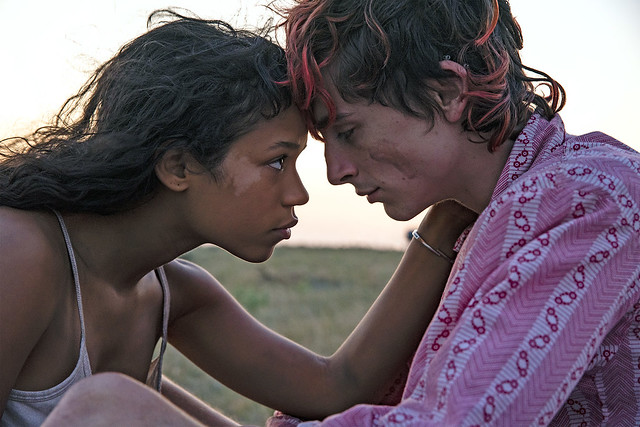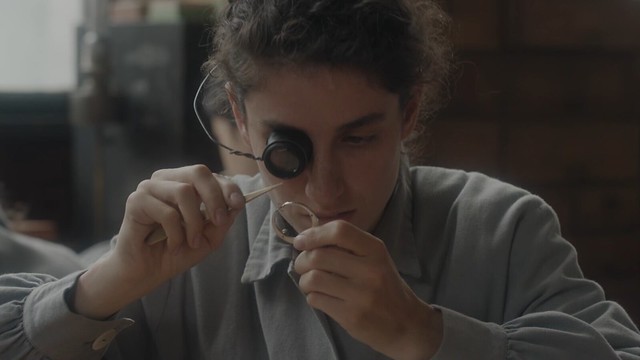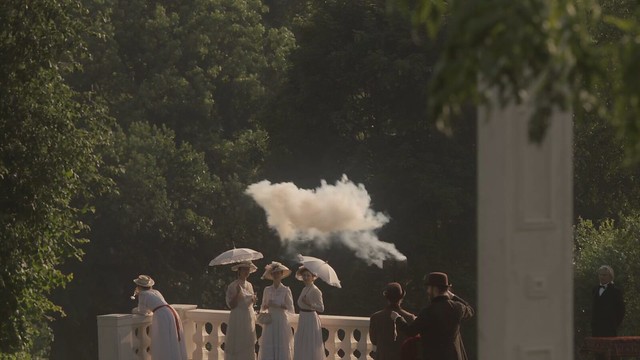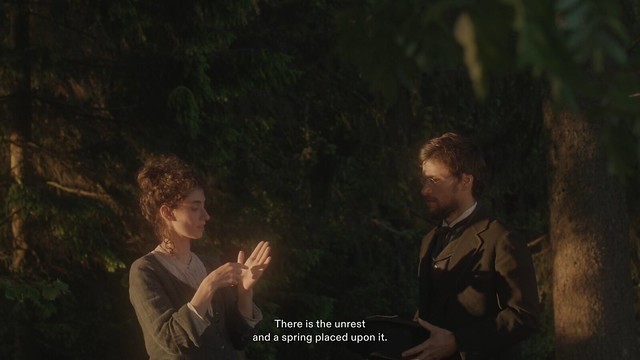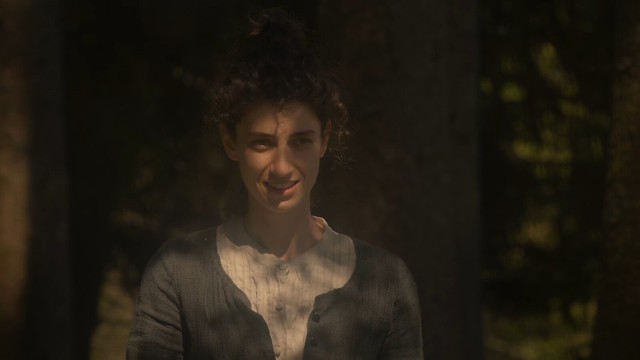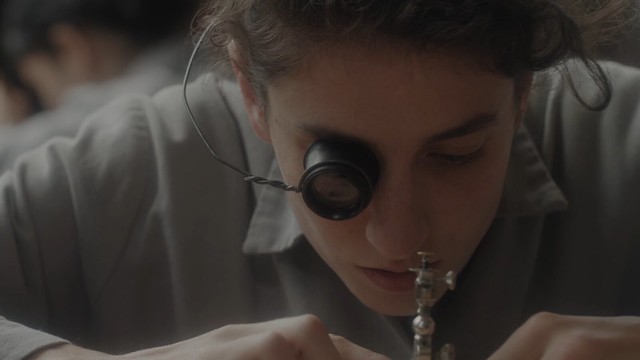

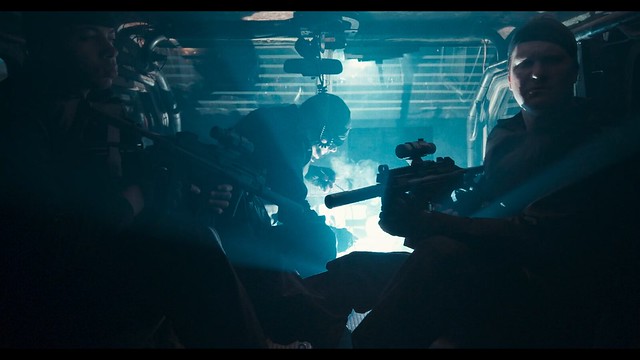
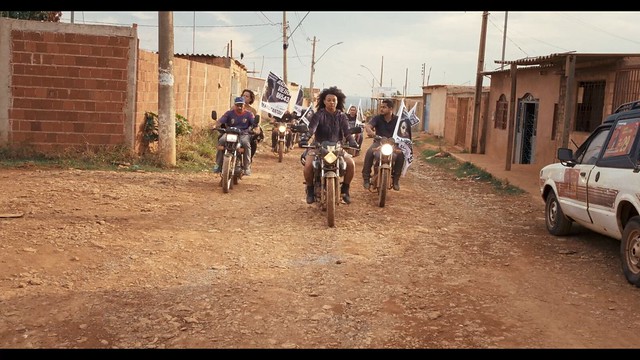




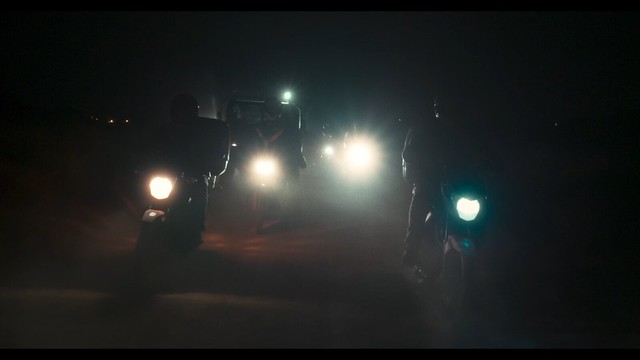
 Lula's 2022 presidential election win ended the tyranny of Jair Bolsonaro in Brazil. Started out during the fateful election of 2018, Dry Ground Burning/Mato seco em chamas is a cinematic act of political defiance of the often neglected region of Central, North East Brazil of Brasilia and its neighboring favela, Sol Nascente and its people. Adirley Quierós, the filmmaker from the region, has been making unique sci-fi fiction/documentary hybrids starring its local inhabitants - White Out, Black In (2014), Once There was Brasilia (2017). In Dry Ground Burning, with his long time cinematographer Joanna Pimenta, they create another blend of unique docufiction, where its subjects playing an extension of themselves while observing the political climate of the region.
Lula's 2022 presidential election win ended the tyranny of Jair Bolsonaro in Brazil. Started out during the fateful election of 2018, Dry Ground Burning/Mato seco em chamas is a cinematic act of political defiance of the often neglected region of Central, North East Brazil of Brasilia and its neighboring favela, Sol Nascente and its people. Adirley Quierós, the filmmaker from the region, has been making unique sci-fi fiction/documentary hybrids starring its local inhabitants - White Out, Black In (2014), Once There was Brasilia (2017). In Dry Ground Burning, with his long time cinematographer Joanna Pimenta, they create another blend of unique docufiction, where its subjects playing an extension of themselves while observing the political climate of the region.
Chitara (Joana Darc Furtado) is a local legend after she and her gang of women hijacked the underground oil pipeline and started their own makeshift oil refinery and supply to the locals at much cheaper price. There are popular songs written about her. With her tough stepsister Léa (Léa Alves da Silva) who is fresh out of jail, they guard the refinery armed and ready for any police intrusion. Léa, still under surveillance of the police, is told that the region is now swarmed with cops. As usually the case with Queirós, the film consists of long takes and monologue, laying out the dusty vistas of unpaved roads and motorcycle gangs roaming as well as what it is like growing up and living in poverty and crimes.
The flames of orange and yellow are the dominant color palettes. The flame lit profiles of these strong women against the distant villages at night are beauty to behold. As the election season approaches, we see government propaganda working overtime - social hierarchy must remain, law and order. We see cops in an armor vehicle doing Nazi salutes. There is real drive by footage of people chanting for Bolsonaro in political rallies. One of Chitara's close associate is running for a local office against a moneyed Bolsonaroite. Her party is called PPP (Prison People's Party). With her motorcycle entourage, she is running on the platform of better sewer system, free community college and loosen the law against motorcycle related commerce.
In Léa's prison stories, the film normalizes the notion of queerness as well. She is just like anybody, lust, love and devotion are universal, no matter whom.
We later find out through Chitara's monologue that Léa is in jail again, arrested in some drug charges, and she was looking forward to becoming a movie star because of this film. Pimenta and Queirós fluidly combines fictional elements with reality, highlighting the lives of people in Sol Nascente are often stranger than fiction. But it's the defiance and fierce independence and self-reliance that matter. The film ends with the wrecked armored car on fire, like a carcass of completely hollowed out animal in flames.
